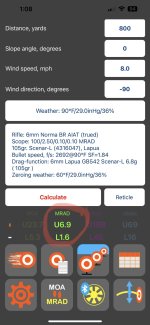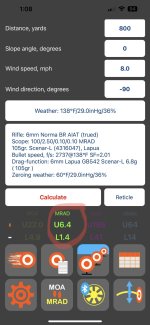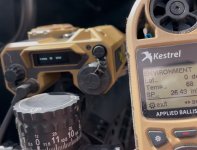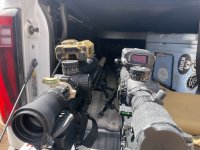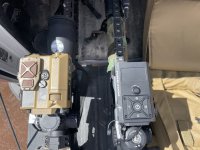So, let take this out of the realm of pure opinion (mine included) and at least run some numbers, shall we?
A Kestrel has a temp sensor located outside of a housing, so it can cool down fast once waved or spun.
It is my assumption that weather-sealed devices have their temp sensor buried inside the device, hopefully somewhat sealed away from any electronic heat.
If this is correct, I then assume that the WMLRF, in this case, heats up like a car’s interior. A secondary assumption is there is no fancy software way to minimize what we’re calling
solar loading.
Here is a link that talks about the heating that takes place inside a car’s interior:
Cars left in the summer heat can often feel like stepping inside an oven. But how hot does your car get in the sun? Stay cool and find out why with A/C Pro®.

www.acprocold.com
Screenshot:
View attachment 8634810
Notice that the interior heats up the fastest in the first 30 minutes; avg of 1°F a minute.
Ok, taking their example, it’s 90°F out and you’ve left the gun in the sun for 90 minutes. It’s now 138°F inside the WMLRF.
At 800 yds, according to Strelok,
my vertical hold is now .5mil off, and
my left-right 8mph wind hold is .2mil off. See attachments for details.
Now I may be totally wrong on how the temp sensors work inside weather-sealed devices. I might have done something else wrong. And this is a more extreme example. But there is no great way to cool off your WMLRF or even binos in this scenario.
Remember, the temp sensor is sealed inside a bino/WMLRF (I assume) whereas the Kestrel is out in the open.
Again, I MIGHT BE TOTALLY WRONG YOU BONEHEADS. Lol
But at least bring some facts to the table?


